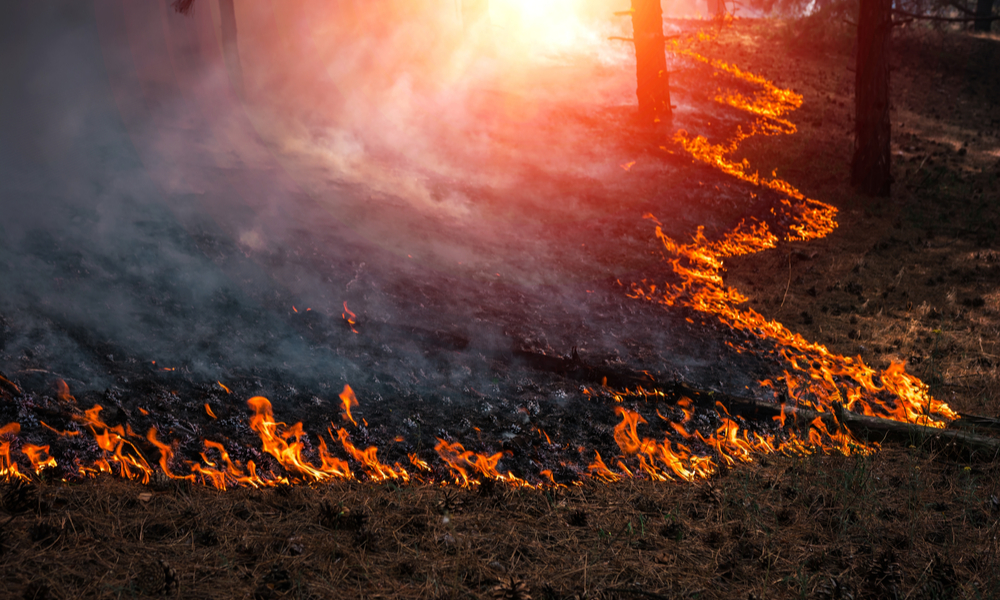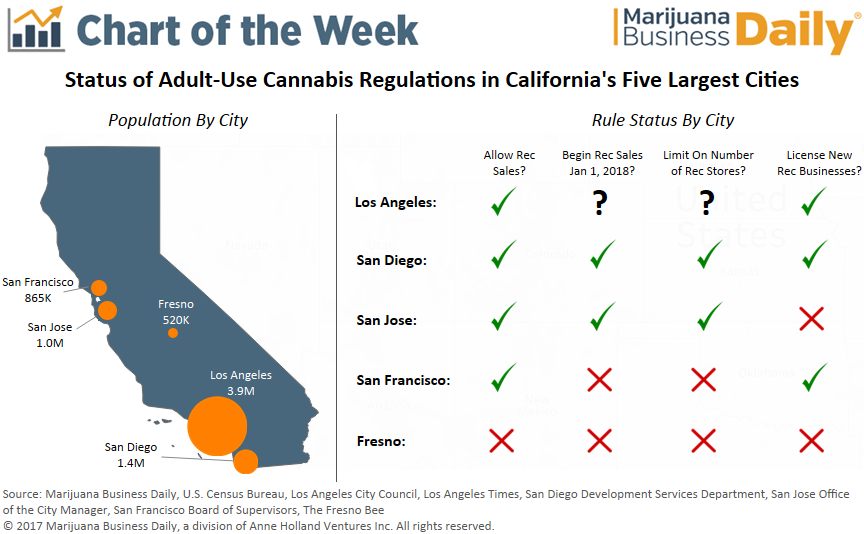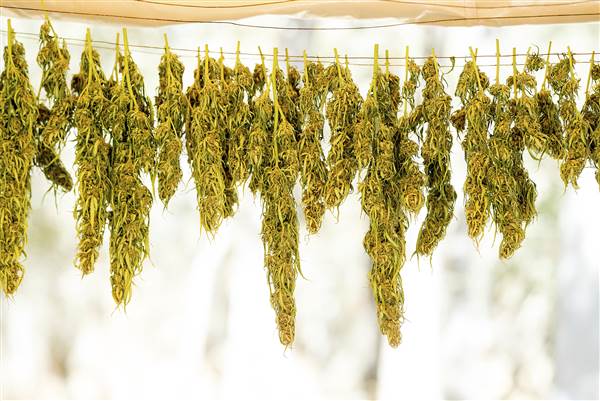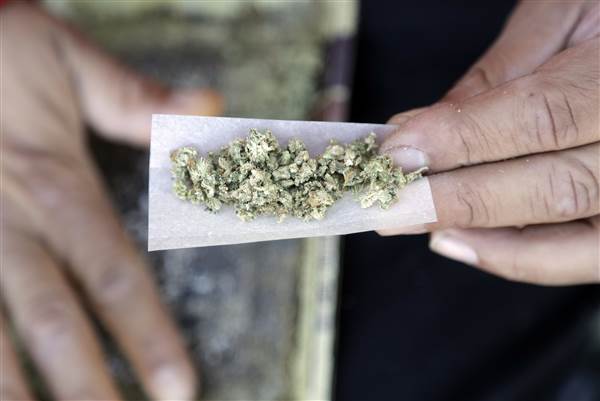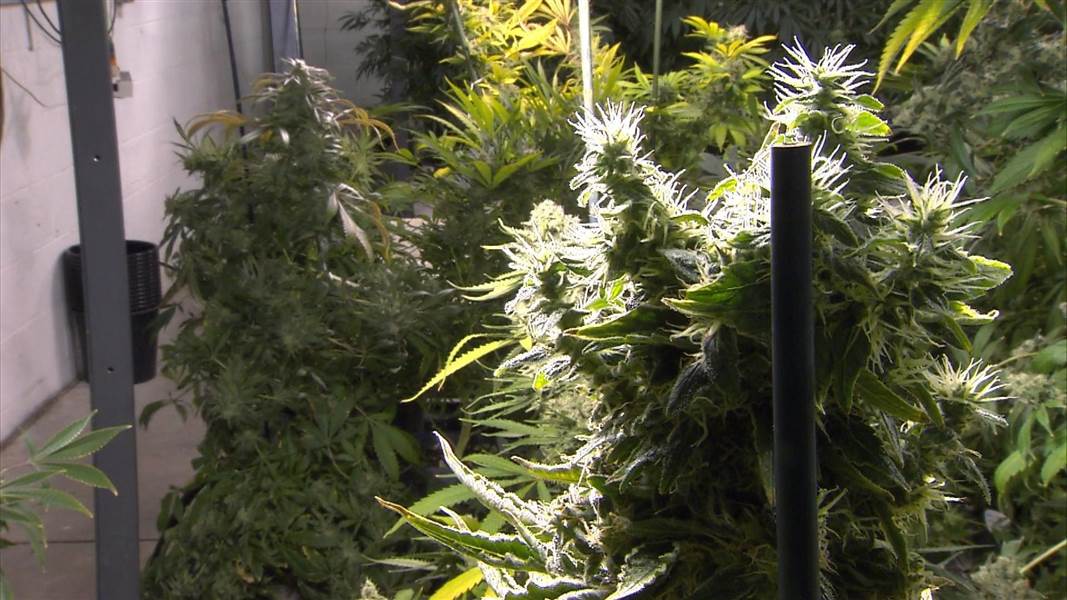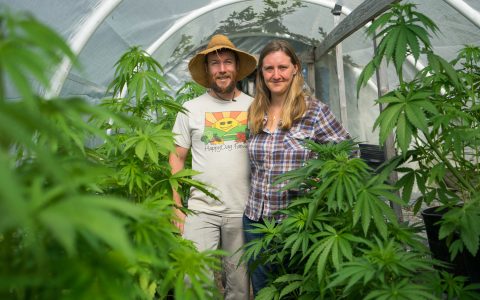Baron23
Well-Known Member
So, the people of CA voted for this and as soon as they did, self-entitled fucking local politicians started to pass restrictions that will basically prohibit the industry, or at least any industry other than large corporate efforts (but the 22K square foot rule might cause them to grow elsewhere also).
CA seems to have a lot of asshat local politicians. Shame because the comment below is correct, in the face of these prohibitionist regulations, the black market will continue to thrive, IMO
SLO County adopts new marijuana rules: No shops, no outdoor personal plants
It’s official: Residents in unincorporated areas of San Luis Obispo County won’t find marijuana stores in their communities, won’t be able to grow plants for personal use outside, and likely won’t see many licensed cannabis farms.
Those are just some of the expected effects of the 52 pages of rules the Board of Supervisors adopted on Monday under a commercial cannabis ordinance for communities outside city limits. The rules also apply to existing medical marijuana farms that have been operating in the county for as much as two decades, many of which will soon be out of compliance.
Supervisors Debbie Arnold, Lynn Compton and John Peschong voted to adopt the ordinance, which they called a “go slow” approach to commercial cannabis, meant to minimize conflict between neighbors. They said it’s a kind of a trial run and will be revisited next year.
Supervisors Adam Hill and Bruce Gibson voted against the ordinance, calling it overly burdensome bad policy that will drive business into the black market.
Larry and Candice Montenegro were struggling to pay the bills living in California Valley near Carrizo Plain. But now Larry Montengro delivers water pumped from his own two wells to about 60 marijuana growers in the area. They say the cannabis industry has been good for the California Valley economy.
Monica Vaughan The Tribune
The ordinance passed during the fifth public hearing in two months on the issue.
Supervisors heard from residents concerned about the odor of marijuana grows and worried about crime and water use. But they mostly heard from entrepreneurs and longtime medical marijuana growers who said they would be unable to meet the new rules, which would drive them out of business or prevent them from even starting.
To enforce the rules, the board adopted a plan to create a cannabis enforcement hearings officer who will have the ability to order the removal of plants faster than the county’s court process.
Realistically, there won’t really be an industry here.
Marie Roth, SLO County Cannabis Business Association
Just weeks before the state will begin issuing licenses to recreational cannabis businesses, the new county land-use ordinance places tight restrictions on the size and zone where marijuana activities will be allowed, and prohibits some activities including storefront dispensaries and some kinds of manufacturing. It does allow for mobile deliveries.
“Realistically, there won’t really be an industry here. Those small businesses, the legacy growers — the people who have been growing — they’re just squeezed out,” said Marie Roth, president of the county Cannabis Business Association.
The rules for cultivation are strict. Only 141 of the preexisting grows that registered with the county during an urgency ordinance will be allowed to apply for a permit from the county, and many of those who might be able to apply are not on land that meets the requirements. No new farming applications will be accepted at this time.
It’s just not enough for all of us to keep our jobs.
Larry Rodriguez, cannabis farm worker
Here are some examples of the limits on cultivation:
▪ Outdoor cultivation in areas zoned as rural land has to be on sites larger than 50 acres, larger than 20 acres in residential rural and and larger than 10 acres in agricultural.
▪ All grows must be set back a minimum of 300 feet from each property line.
▪ The canopy area of indoor cultivation cannot exceed 22,000 square feet.
▪ All cultivation must be at least 1,000 feet from schools, sober-living facilities, or parks.
▪ Personal grows of up to six plants must be located indoors, which could include a greenhouse.
In addition, all cultivation sites must have an odor plan, and nuisance odors detected off-site will be found out of compliance.
“I understand the concern of having larger cannabis operations on properties that maybe weren’t anticipated for larger ag operations. But the unintended consequences of a blanket prohibition on any cannabis cultivation operation under 50 acres is that it eliminates the small family farm business. The board’s policies should be balanced to allow family farms to be successful, at least attempt to be successful and compete,” said Alan Reitz.
Some advocates said the limitations would hurt larger operations as well. Larry Rodriguez, for example, works on a large cannabis farm.
“When I started to work there there, there was only about 10 or 15 employees. It’s grown — now we have about 80 employees working there now. To have the size of the 22,000 square feet of cultivation, it’s just not enough for all of us to keep our jobs,” Rodriguez said.
Read more here: http://www.sanluisobispo.com/news/local/article186803643.html#storylink=cpy
CA seems to have a lot of asshat local politicians. Shame because the comment below is correct, in the face of these prohibitionist regulations, the black market will continue to thrive, IMO
SLO County adopts new marijuana rules: No shops, no outdoor personal plants
It’s official: Residents in unincorporated areas of San Luis Obispo County won’t find marijuana stores in their communities, won’t be able to grow plants for personal use outside, and likely won’t see many licensed cannabis farms.
Those are just some of the expected effects of the 52 pages of rules the Board of Supervisors adopted on Monday under a commercial cannabis ordinance for communities outside city limits. The rules also apply to existing medical marijuana farms that have been operating in the county for as much as two decades, many of which will soon be out of compliance.
Supervisors Debbie Arnold, Lynn Compton and John Peschong voted to adopt the ordinance, which they called a “go slow” approach to commercial cannabis, meant to minimize conflict between neighbors. They said it’s a kind of a trial run and will be revisited next year.
Supervisors Adam Hill and Bruce Gibson voted against the ordinance, calling it overly burdensome bad policy that will drive business into the black market.
Larry and Candice Montenegro were struggling to pay the bills living in California Valley near Carrizo Plain. But now Larry Montengro delivers water pumped from his own two wells to about 60 marijuana growers in the area. They say the cannabis industry has been good for the California Valley economy.
Monica Vaughan The Tribune
The ordinance passed during the fifth public hearing in two months on the issue.
Supervisors heard from residents concerned about the odor of marijuana grows and worried about crime and water use. But they mostly heard from entrepreneurs and longtime medical marijuana growers who said they would be unable to meet the new rules, which would drive them out of business or prevent them from even starting.
To enforce the rules, the board adopted a plan to create a cannabis enforcement hearings officer who will have the ability to order the removal of plants faster than the county’s court process.
Realistically, there won’t really be an industry here.
Marie Roth, SLO County Cannabis Business Association
Just weeks before the state will begin issuing licenses to recreational cannabis businesses, the new county land-use ordinance places tight restrictions on the size and zone where marijuana activities will be allowed, and prohibits some activities including storefront dispensaries and some kinds of manufacturing. It does allow for mobile deliveries.
“Realistically, there won’t really be an industry here. Those small businesses, the legacy growers — the people who have been growing — they’re just squeezed out,” said Marie Roth, president of the county Cannabis Business Association.
The rules for cultivation are strict. Only 141 of the preexisting grows that registered with the county during an urgency ordinance will be allowed to apply for a permit from the county, and many of those who might be able to apply are not on land that meets the requirements. No new farming applications will be accepted at this time.
It’s just not enough for all of us to keep our jobs.
Larry Rodriguez, cannabis farm worker
Here are some examples of the limits on cultivation:
▪ Outdoor cultivation in areas zoned as rural land has to be on sites larger than 50 acres, larger than 20 acres in residential rural and and larger than 10 acres in agricultural.
▪ All grows must be set back a minimum of 300 feet from each property line.
▪ The canopy area of indoor cultivation cannot exceed 22,000 square feet.
▪ All cultivation must be at least 1,000 feet from schools, sober-living facilities, or parks.
▪ Personal grows of up to six plants must be located indoors, which could include a greenhouse.
In addition, all cultivation sites must have an odor plan, and nuisance odors detected off-site will be found out of compliance.
“I understand the concern of having larger cannabis operations on properties that maybe weren’t anticipated for larger ag operations. But the unintended consequences of a blanket prohibition on any cannabis cultivation operation under 50 acres is that it eliminates the small family farm business. The board’s policies should be balanced to allow family farms to be successful, at least attempt to be successful and compete,” said Alan Reitz.
Some advocates said the limitations would hurt larger operations as well. Larry Rodriguez, for example, works on a large cannabis farm.
“When I started to work there there, there was only about 10 or 15 employees. It’s grown — now we have about 80 employees working there now. To have the size of the 22,000 square feet of cultivation, it’s just not enough for all of us to keep our jobs,” Rodriguez said.
Read more here: http://www.sanluisobispo.com/news/local/article186803643.html#storylink=cpy



